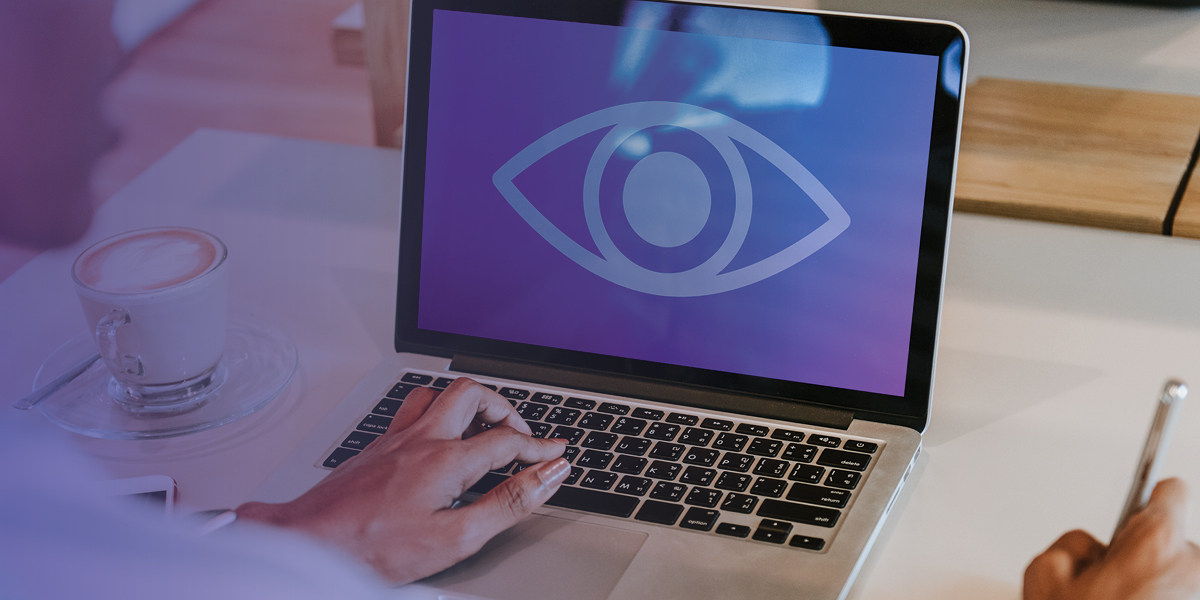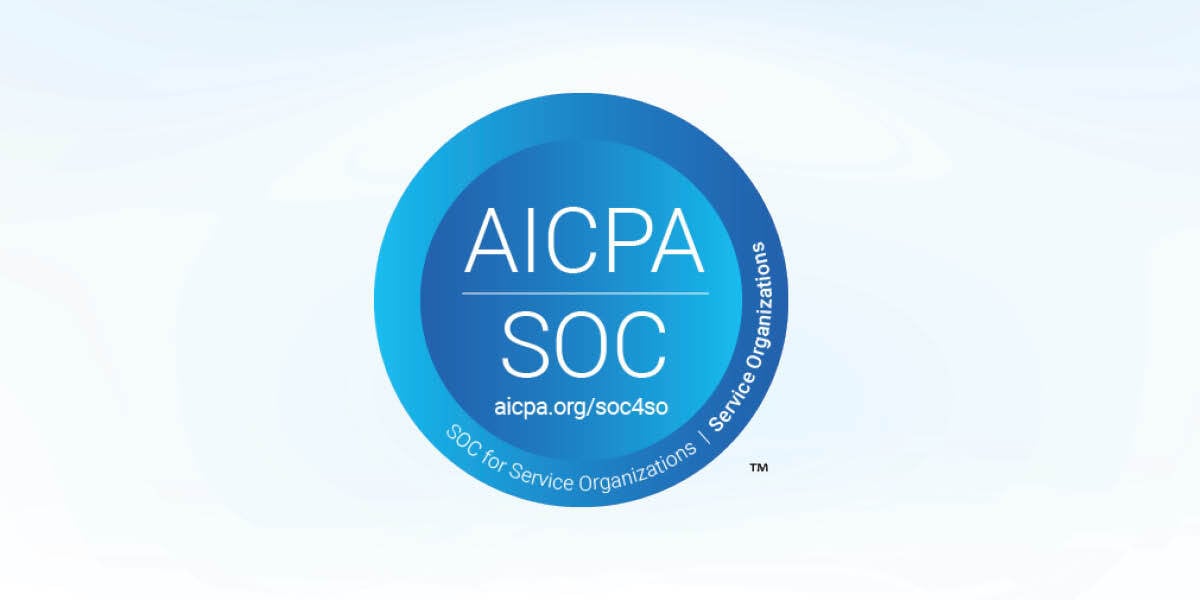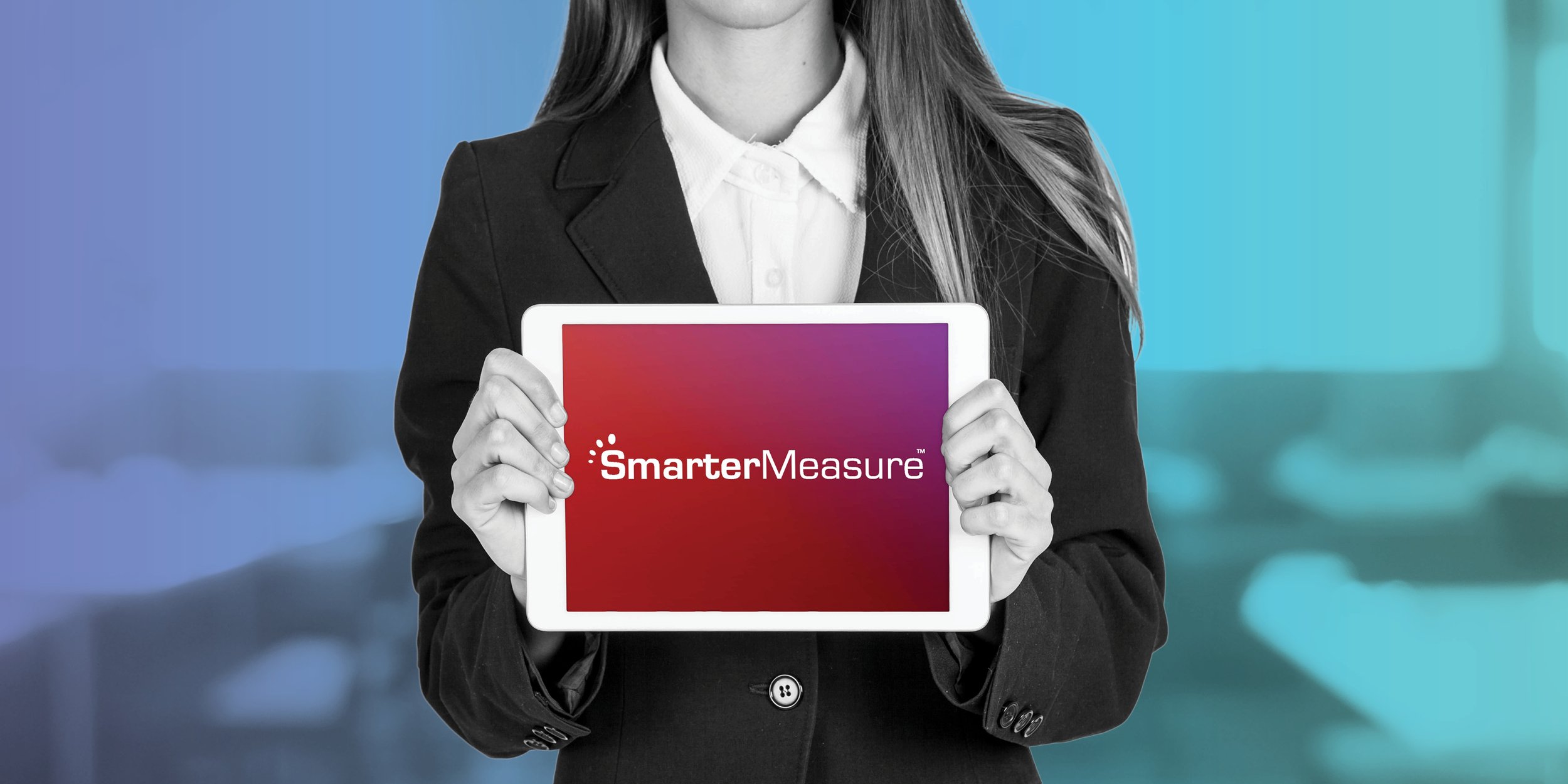
After a holiday, my bathroom scale often reminds me that you truly can have too much of a good thing. This begs the question of whether or not you can have too much of a good thing with automated virtual proctoring. Is it advisable for a school to exclusively use automated proctoring?
Personally, I have been an online faculty member for the past twenty-four years for four institutions. Professionally, I am a leader of SmarterServices which serves hundreds of institutions and has administered and proctored exams to millions of students. This experience has qualified and prompted me to conclude that it is not advisable for a school to offer only one proctoring modality choice to students.
In the video below, we will consider why it is not optimal to exclusively use automated proctoring.
Don't want to watch the video? Keep scrolling to read the video overview.
Video Overview
Automated Proctoring is Great
First, let me say that fully automated virtual proctoring is great!
The eLearning programs at many institutions would not have been able to maintain academic integrity, especially early on in the pandemic, without it.
Automated virtual proctoring is highly scalable. It allows students to take a proctored exam at any time of the day with no advanced scheduling. It is also very cost-efficient because a human proctor is not having to be paid to monitor the exam. Also, when the students know that all of their testing activity is being recorded and analyzed by artificial intelligence, this serves as a desired deterrent to cheating.
However, schools should offer more than one proctoring modality to students because both students and faculty have concerns and needs.
Students Have Concerns and Needs
Let’s think about it first from the student’s perspective.
A common concern is the privacy and security of their computing and testing environment. Students have concerns about running software on their computing device that controls and give access to the device. They are concerned when software can lock down browsing and computing functions such as cutting and pasting or printing. They have fears when the software accesses their webcam during the exam. They wonder how they can be sure that the system is not accessing the webcam after the exam.
Students also have issues in that they are typically required to do a room scan which exposes and makes a recording of their private environment. Along with that, it is troubling that they are typically required to show their official ID card which contains sensitive information such as their address.
There is also apprehension about the potential for racial bias of automated technologies. It has been documented that facial recognition technologies are not as accurate when monitoring persons of color. Religious bias could also be present if individuals are required to remove aspects of their religious garb. Social-economic bias can exist when persons living in poverty do not have the needed access to computing devices and Internet connectivity.
Finally, many students simply don’t like to be told what to do. When they are only given one choice of a proctoring modality, they may feel defenseless and disempowered.
Many learners due to physical or emotional impairment have needs for testing accommodations that cannot easily be granted via fully automated virtual proctoring.
Visually-impaired learners may require screen readers or other assistive devices that may not function properly in a locked-down computing environment.
Many students are also distracted by the fact that they are being constantly monitored and recorded. Neurodiverse learners may experience heightened levels of anxiety that impairs their ability to appropriately demonstrate their level of content knowledge on the exam.
Faculty Have Needs and Concerns
Faculty members also have needs and concerns.
Their first need is for a variety of proctoring modalities to best fit the rigor of the exam. Some exams, such as chapter quizzes, are of lower stakes than others such as final exams. The nature of the proctoring modality should be determined by the nature of the exam. Many faculty are fine with using automated virtual proctoring for lower-stakes exams, but for higher stakes tests they desire a proctoring modality with a higher deterrent level such a live virtual proctoring or local face-to-face proctoring.
Faculty are often concerned and overwhelmed with the volume of false positives that may be triggered by automated virtual proctoring. Innocent events such as a child walking into the room where a parent is testing or the sound of a voice from a television in an adjacent room can be flagged as testing anomalies and may prompt a review by the faculty. This process of reviewing multiple flags, most of which are not academic integrity violations, is time-consuming and frustrating for faculty.
What Should Your Institution Do?
So, what should an institution do? Schools need the scalability, efficiency, affordability, and deterrent of automated virtual proctoring. But how can they address the needs and concerns such as privacy, security, bias, choice, accommodations, accessibility, exam rigor, false positives, and review time?
The optimal solution is to utilize a multi-modal proctoring platform that gives faculty and students multiple proctoring modality options.

SmarterProctoring is the only proctoring platform that provides three face-to-face, three virtual, and one hybrid proctoring modality. This range of modalities addresses many of the concerns and needs.
Instead of forcing students to use automated virtual proctoring, when they have concerns with privacy, security, or bias associated with virtual proctoring and you then give them easily accessible face-to-face proctoring options, their concerns are alleviated. When faculty can base the proctoring modality on the rigor of the exam plus have their review time eliminated or decreased via other modalities, this addresses their concerns.
Work Smarter, Not Harder. Reach Out!
Reach out to us today and allow us to demonstrate to you why the multi-modal proctoring platform of SmarterProctoring is superior to using virtual proctoring alone.







